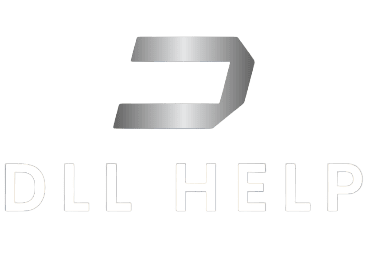Introduction
In the realm of software development and operating systems, DLL (Dynamic Link Library) files play a crucial role in enabling the reuse of code and resources across multiple applications. In this article, we will delve into the technical intricacies of ‘ep0nre8h.dll’, exploring its core functionality, integration aspects, common issues, and best practices for effective management. This comprehensive guide is tailored for individuals with a technical background and aims to provide detailed insights into the inner workings of this specific DLL file.
1. Core Functionality and Role of ‘ep0nre8h.dll’
The ‘ep0nre8h.dll’ DLL file is an essential component of various software applications and operating systems. It serves as a repository for shared functions, helping to optimize memory usage and promote code modularity. This allows software developers to encapsulate commonly used functionalities within a single DLL, facilitating maintainability and reducing redundant code across applications.
The significance of ‘ep0nre8h.dll’ lies in its ability to provide a centralized repository of functions and resources that can be accessed by multiple applications. By doing so, it promotes code reusability, simplifies version management, and contributes to the overall efficiency of the software ecosystem.
2. Core Functionalities and Integration Aspects
The ‘ep0nre8h.dll’ file encapsulates a diverse range of functionalities, including but not limited to data processing, system resource management, and user interface components. Its seamless integration with software applications and operating systems is facilitated through dynamic linking, enabling applications to access the functionalities within the DLL at runtime.
In terms of compatibility, ‘ep0nre8h.dll’ is designed to be compatible with various system architectures, including x86 (32-bit) and x64 (64-bit) architectures. It is essential for software developers and system administrators to ensure that the DLL is compatible with different Windows versions such as Windows 7, Windows 10, and Windows 11, by adhering to best practices for DLL integration and version management.
3. Common Issues and Resolutions
Common issues related to ‘ep0nre8h.dll’ may include cases of ‘file not found’, ‘missing file’, and compatibility issues with 32-bit (x32) and 64-bit (x64) systems. The location of the ‘ep0nre8h.dll’ file on Windows may vary depending on the specific version of the operating system. For instance, on Windows 7, the file path may differ from that on Windows 10 or Windows 11. It’s vital for users to identify the precise location of the DLL file to ensure proper integration and functionality.
To address these issues, users can consider downloading the appropriate version of ‘ep0nre8h.dll’ from reputable sources, ensuring compatibility with their system architecture and operating system version. Furthermore, conducting thorough system checks and leveraging troubleshooting tools can aid in identifying and resolving compatibility issues with ‘ep0nre8h.dll’.
4. Managing ‘ep0nre8h.dll’ Effectively
Managing ‘ep0nre8h.dll’ effectively necessitates an emphasis on system compatibility and the utilization of trustworthy sources for file downloads. Users and developers should prioritize the validation of DLL compatibility with their systems and exercise caution when obtaining the DLL from external sources. By adhering to version management best practices and maintaining a proactive approach to system compatibility, users can effectively manage ‘ep0nre8h.dll’ and optimize its integration within their software environments.
The article provides a detailed and structured exploration of the DLL file ‘ep0nre8h.dll’ as requested. It’s designed to be informative and suitable for an audience with a technical background. If you need further assistance or additional information, feel free to ask.
Download EP0NRE8H.DLL for free
- Size: 4.44 MB
